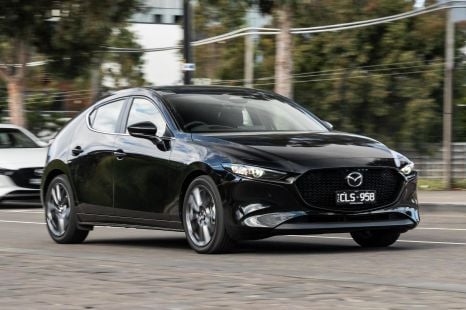

Josh Nevett
2026 Mazda 3 review
5 Days Ago

Deputy News Editor
GWM Australia is targeting a regular spot in the list of top-five auto brands locally – and a doubling of its annual market share Down Under – within the next two years, and to get there it will launch at least seven new models here in 2026, on top of the seven it has released so far in 2025.
The ambitious plan was announced by GWM International chief Parker Shi at the Chinese brand’s 2025 Tech Day in Melbourne this week, and it includes increasing its market share from a current 4.3 per cent to 7.0 per cent by 2027.
A 7.0 per cent market share equates to around 86,000 sales based on Australia’s new-vehicle market in 2024, when it would have secured fourth place behind Toyota, Ford and Mazda.
GWM placed 10th last year with 42,782 sales, equating to a 3.5 per cent market share, but it has already sold 39,343 vehicles in the first nine months of 2025, putting it on target for at least 52,500 deliveries by the end of the year based on its monthly average so far.
CarExpert can save you thousands on a new car. Click here to get a great deal.
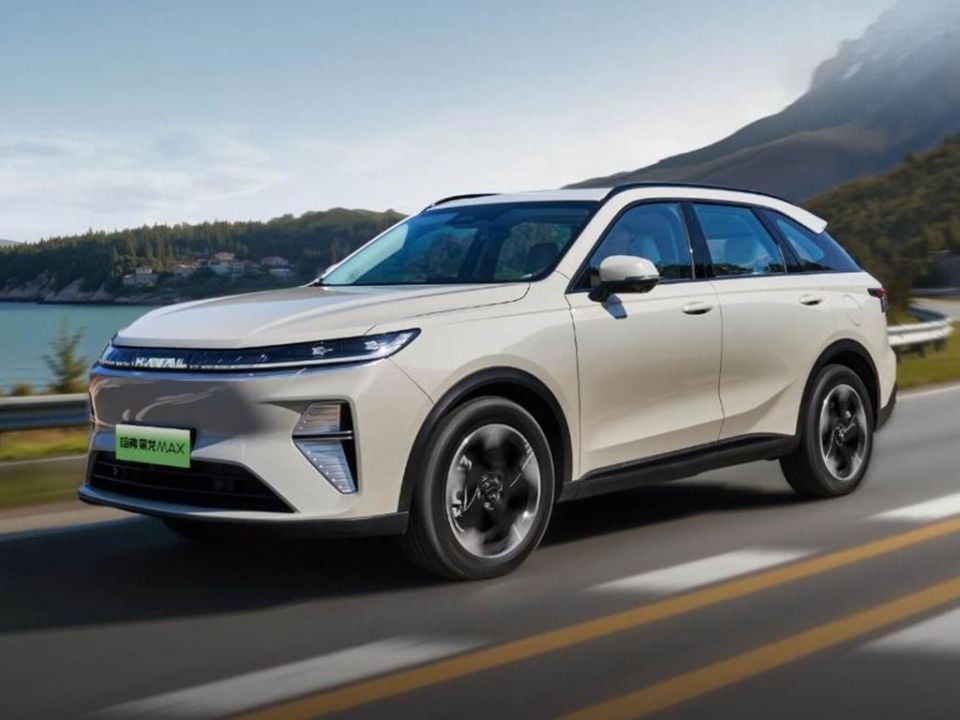
GWM Australia chief operating officer, John Kett, outlined some of the new models to media at the event, where he said plug-in hybrid vehicles (PHEVs) would be the “battlefront’ for the brand’s sales targets alongside its new luxury sister brand, Wey, which will be launched locally in mid-2026.
“We obviously have Ora sitting in the small car segment. In the small SUV segment we will certainly have an Ora small SUV next year,” Mr Kett confirmed.
That points to the compact Ora 5 electric SUV revealed in China last month, for which there are few details apart from its 150kW electric motor.
“We’re still considering a mid-size SUV coming out of the Ora lineup,” Mr Kett added, suggesting a new electric vehicle (EV) that’s yet to be revealed, but which would be positioned above the Ora 5 as potential rival to the Tesla Model Y, Australia’s favourite EV.
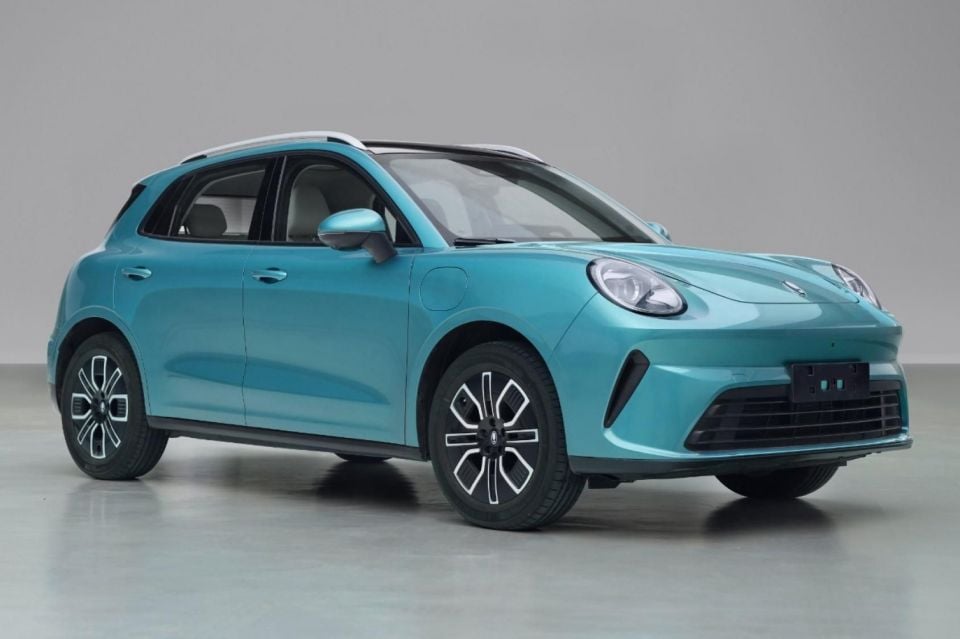
“Jolion [GWM Haval’s smallest existing SUV] will also grow up and be an EV and PHEV,” Mr Kett revealed.
“We’re going to introduce what’s called a Jolion Max next year which will have two different fuels to that – we will certainly be bringing an EV and plug-in hybrid to that.”
The Jolion Max SUV is slightly bigger than the top-selling Toyota RAV4. At 4780mm long, it matches the Kia Sorento large SUV in terms of overall length.
Sold as the Haval Xiaolong in China, where it was launched in April 2025, the Jolion Max employs a PHEV powertrain that combines a 1.5-litre petrol engine with front and rear electric motors to deliver 238kW of power and 595Nm of torque.
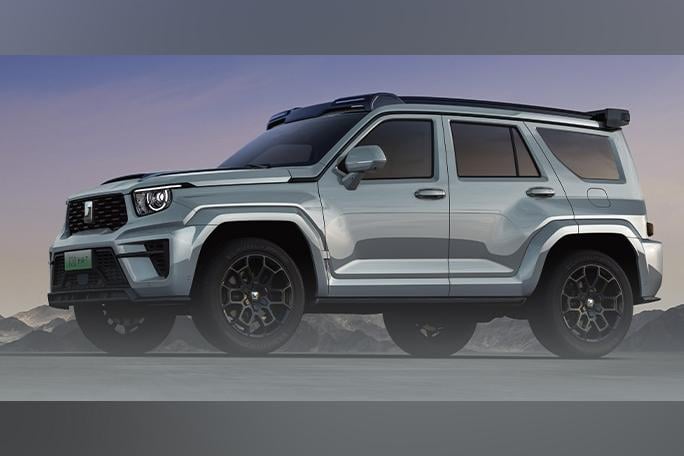
Two different-sized lithium-iron phosphate battery packs are offered in China, with an 18.74kWh pack enabling a 90km (WLTP) EV range and a larger 27.75kWh battery offering 135km of range.
“In the mid-size SUV segment, we have H6 and H7 today. We have just launched the H6 PHEV and the new next-generation H7 will also be [PHEV],” revealed Mr Kett.
“Getting to large SUV news, it’ll all be diesel and plug-in hybrids,” he added.
The announcement of the Wey luxury brand for GWM Australia showrooms also came with confirmation of at least two models from launch, most likely the Wey Blue Mountain SUV and the Wey 80 people-mover.
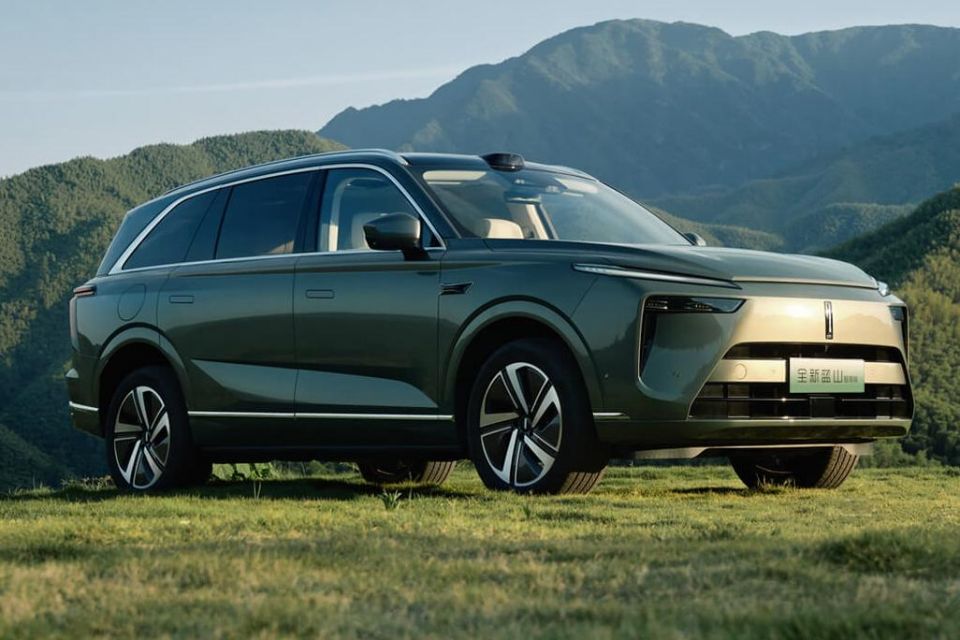
It hasn’t been confirmed for Australia, but GWM has also shown the new Tank 700, which sits above the Tank 500 large SUV in China, and features sharper-edged styling and a V6-based PHEV system.
Also unconfirmed for Australia but less likely to come here due to the growing Tank off-road SUV lineup is the new seven-seat Haval H9 large SUV, which shares its ladder-frame underpinnings with the Tank 300 and Tank 500, and employs a PHEV powertrain that may also find its way into the Tank 300 here.
There’s also the Haval Raptor, which was launched in China in August and could make it here as another rival to the Toyota Prado.
“With our HEV [plugless hybrid electric vehicle] we should do better than what we’re doing today in terms of how it’s positioned, and we’re certainly covered in terms of NVES [New Vehicle Efficiency Standard], which is really a supply chain, supply side constraint,” said Mr Kett.
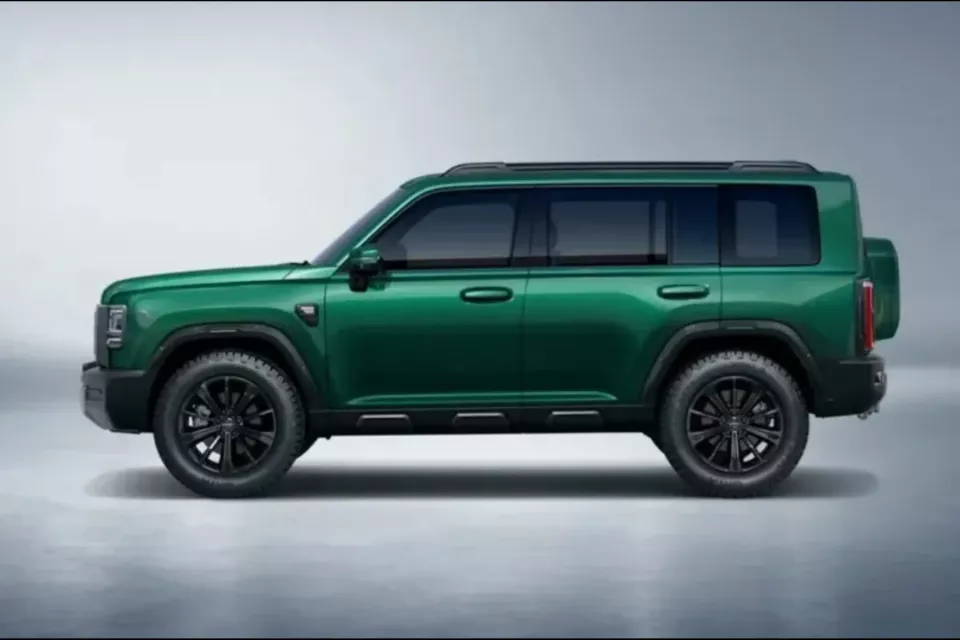
Effectively a carbon trading scheme for the automotive industry, the NVES is an emissions reduction program introduced by the Australian government to reduce CO2 emissions from new light vehicles as of this year.
The amount of CO2 each automaker is allowed to emit before attracting penalties is averaged across the model range, and will reduce each year until the current scheme ends in 2029 – when it’s expected to replaced by new legislation.
“We’ve got this incredible portfolio that if we can lift the adoption rates across those segments, we’ll win,” said Mr Kett. MORE: Explore the GWM showroom
Damion Smy is an award-winning motoring journalist with global editorial experience at Car, Auto Express, and Wheels.


Josh Nevett
5 Days Ago
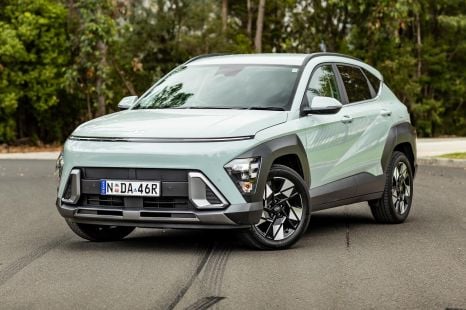

Matt Campbell
4 Days Ago
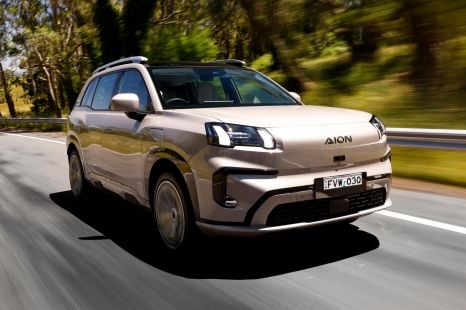

Ben Zachariah
2 Days Ago
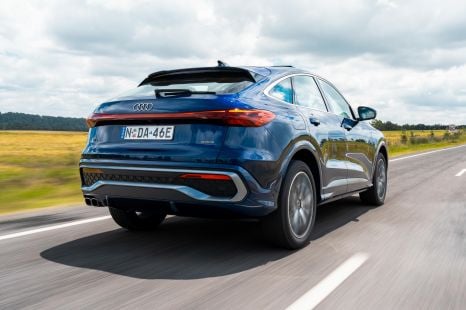

James Wong
2 Days Ago
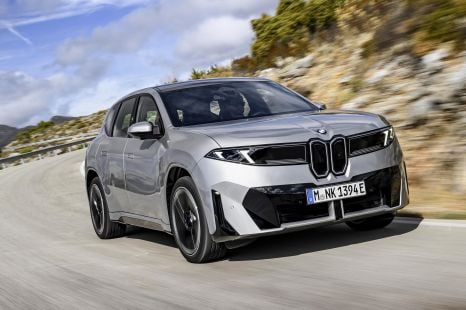

Josh Nevett
1 Day Ago
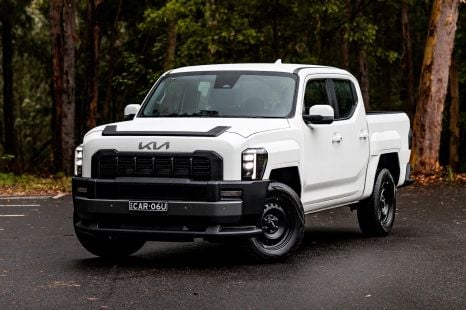

Matt Campbell
21 Hours Ago